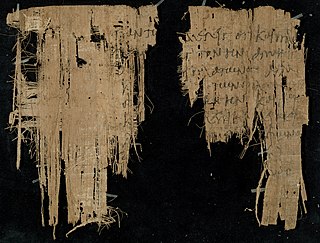Saints Armogastes, Archinimus, and Saturus, Martyrs
Genseric, the Arian king of the Vandals, in Africa, having, on his return out of Italy, in 457, enacted new penal laws, and severer than any he had till then put in force against Catholics, count Armogastes, was on that occasion deprived of his honours and dignities at court, and most cruelly tortured. But no sooner had the jailors bound him with cords, but they broke of themselves, as the martyr lifted up his eyes to heaven; and this happened several times. And though they afterwards hung him up by one foot with his head downwards for a considerable time, the saint was no more affected by this torment than if he had lain all the while at his ease on a feather-bed. Theodoric, the king’s son, thereupon ordered his head to be struck off: but one of his Arian priests diverted him from it, advising him to take other measures with him to prevent his being looked upon as a martyr, by those of his party, which would be of disservice to the opposite cause. He was therefore sent into Byzancena to work in the mines; and some time after, for his greater disgrace, he was removed thence into the neighbourhood of Carthage, and employed in keeping cows. But he looked upon it as his glory to be dishonoured before men in the cause of God. It was not long before he had a revelation that his end drew near. So having foretold the time of his death, and given orders to a devout Christian about the place where he desired to be interred, the holy confessor, a few days after, went to receive the rewards of those who suffer in the cause of truth.
Archinimus, of the city of Mascula, in Numidia, resisted all the artifices which the king could use to overcome his faith, and was condemned to be beheaded, but was reprieved whilst he stood under the axe. Satur, or Saturus, was master of the household to Huneric, by whom he was threatened to be deprived of his estate, goods, slaves, wife, and children, for his faith. His own wife omitted nothing in her power to prevail with him to purchase his pardon at the expense of his conscience. But he courageously answered her in the words of Job: “You have spoken like one of the foolish women. If you loved me, you would give me different advice, and not push me on to a second death. Let them do their worst: I will always remember our Lord’s words: If any man come to me, and hate not his father and mother, his wife and children, his brethren and sisters, and his own life also, he cannot be my disciple.” He suffered many torments, was stripped of all his substance, forbidden ever to appear in public, and reduced to great distress. But God enriched him with his graces, and called him to himself.
 This article incorporates text from this source, which is in the public domain.
This article incorporates text from this source, which is in the public domain.





